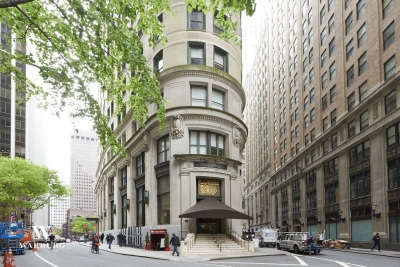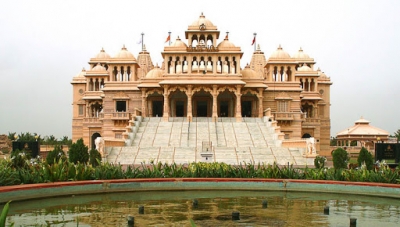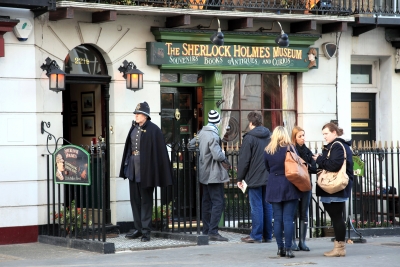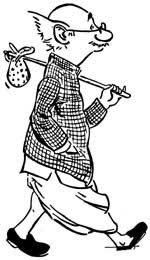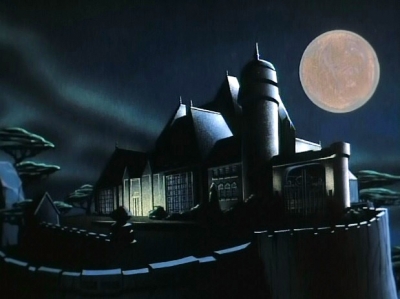
The Writers’ Building, often shortened to just Writers’, is the secretariat building of the State Government of West Bengal in India. It is located in West Bengal’s capital city of Kolkata. The 150-meter long building covers the entire northern stretch of the iconic Lal Dighi pond in the downtown area of B.B.D. Bagh.
The building has been called a mini-township of sorts with a built-up area of around 550,000 square feet. Before the shifting of the state secretariat, the building housed 34 departments and other offices of the state government, with approximately 6,000 employees.
The Writers’ Building was designed by Thomas Lyon in 1777 for the British East India Company. In 1821 a 128 ft-long verandah with Ionic columns, each 32 ft high, were added on the first and second floors. From 1889 to 1906 two new blocks were added, approached by iron staircases that are still in use. Writers’ acquired its Greco-Roman look, complete with the portico in the central bay and the red surface of exposed brick. The parapet was put in place and the statues sculpted by William Fredric Woodington in 1883, that line the terrace, were installed.
The building was intended to be the effective headquarters of the East India Company in the Bengal province of the Mughal Empire.
Picture Credit : Google



